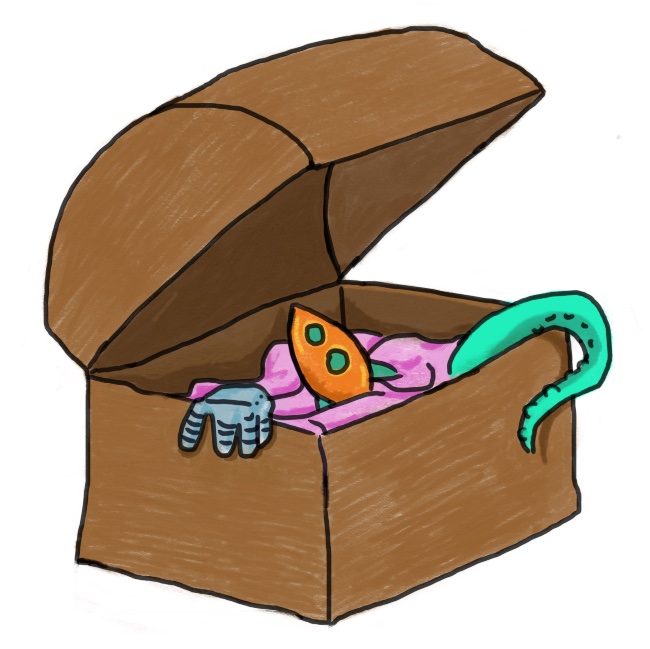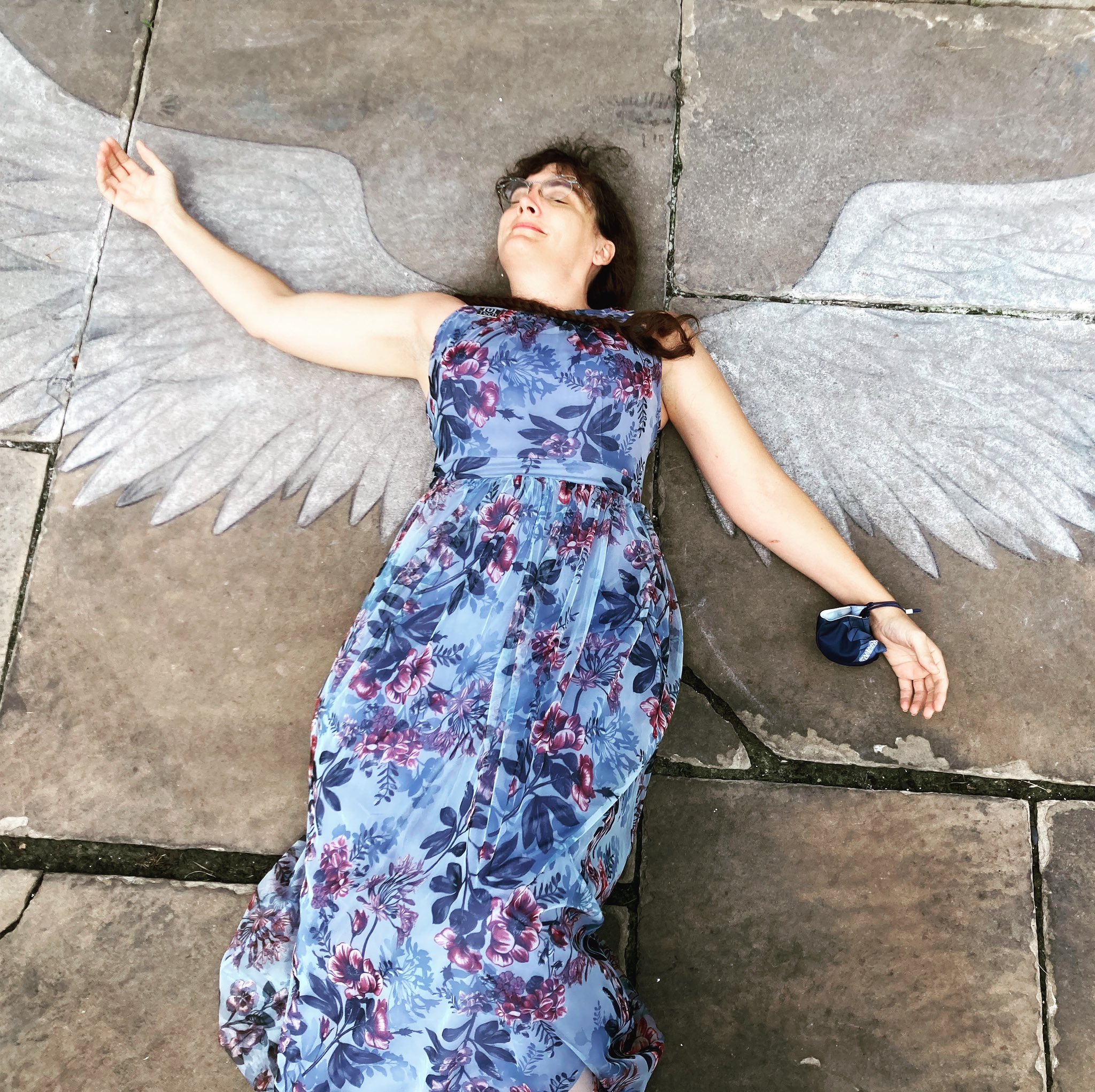Scientists have discovered that we build pathways in our minds for our fictional friends the same as for people we’ve actually met. (Article: https://www.psychologytoday.com/us/blog/the-storytelling-animal/201206/the-power-fake-gay-and-black-friends ) So yes, you really can say Janet on the Good Place is your best friend. Your brain feels the same about her as it does about that really nice guy at the office. More importantly, having had a fictional friendship with that gay or black character made you less homophobic or racist, and you didn’t even notice!
This jives with articles I’ve read about, say, Coca Cola implanting memories of bottles at our high school sports games. Our minds are easier to fool than we think. (Did you hear about the alternate version of Shazaam with Sinbad that doesn’t exist but people keep swearing they’ve seen? I have an anime I swear existed in the late 70s and it wasn’t Robotech but it was probably Robotech mixed up with my own daydreams because it had a female main character who was a badass and a pretty, vulnerable boy.)
What we consume as entertainment shapes our mental landscape. Did The Last Herald-Mage prepare me to have lots of gay friends in college? Asimov certainly shaped some of my politics, or at least my bias toward city-life and collectivism. The choices writers made imprinted on my young psyche.
This is not comfortable to realize as a writer. I don’t want that kind of power over people. What if I screw them up? (Though I did read Ayn Rand as required reading in high school and remained a hard-core lefty. There are limits.)
Still, writers have responsibilities. For example, I’ve always felt it was important to reflect the real diversity of my life in my character’s lives. Lately, I’ve realized that I need to step back from writing so many stories with characters from other ethnicities, because to do so is to take a spot that could go to someone writing their own lived experience. That’s a hard decision for me, and I’ve had to examine why it is I feel more comfortable writing stories from other points of view.
It’s not like there are a lot of representations for fiercely leftest poor whites.
(She complained.)
Should I go back to my old, wussy ways of not mentioning ethnicity at all? If I think of the characters one way, the reader may fill them in another way. I sold a poem once, and it was all about an old black woman I know, and the magazine illustrated it with a photo of an old white woman and I felt… some kinda way, but then, I hadn’t said she was black in the poem? You see the problem?
A white-centered narrative can create an entirely-white world in the reader’s minds. Hell, even when it isn’t explicitly all white … remember the people who thought Rue in The Hunger Games was white just because she was a little girl they felt sympathy for? (eeeeew) That article made me realize I needed to double down on my diversity writing. I can step back from claiming space that belongs to own voices without abandoning diversity.
How to do that? One way is to make sure your stories aren’t about diversity and ethnic struggle… acknowledge the reality, yes, but don’t try to step up and explain it all, you can’t, it’s not your lived experience. Another is simply to make sure you have diverse supporting characters, where you can reflect your own view of the diverse reality you live in. (And I know it’s starting to sound like I’m only talking to white writers, but … well, I have this weird feeling minorities have no trouble knowing what it’s like to be white, because that’s in all the media they consume.)
When a critique partner said one of my stories felt like it had “Slot machine diversity: every character is a different race at random. It feels false.” I fixed the critique by increasing the number of characters that were Asian. (That novella, “The Unlikely Heroines of Callisto Station” is forthcoming in Analog.)
(Related note: this is probably another brain quirk, what we label as true random and what feels false. So one Indian character, one white character, one asian character = too random, but one Indian, two asian = believably random.)
These are the responsibilities of the writer to the moldable brain-matter of the reader. Do not erase diversity. Write every character as though someone just like them were reading over your shoulder. Respect the characters, respect reality. Reflect, especially, futures that are more diverse, more harmonious. Because we need to imagine something before we create it.
Imaginary friends have power. Use it responsibly.


